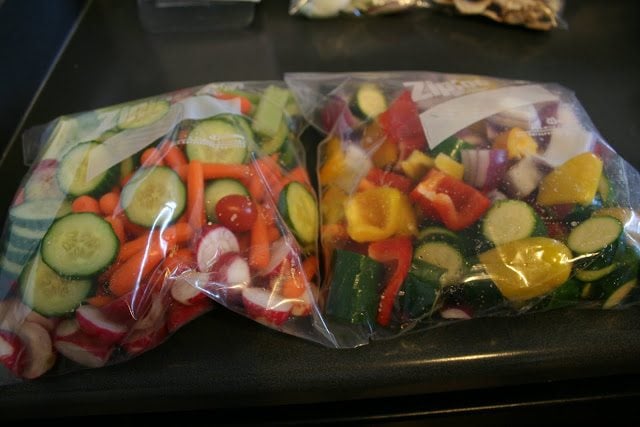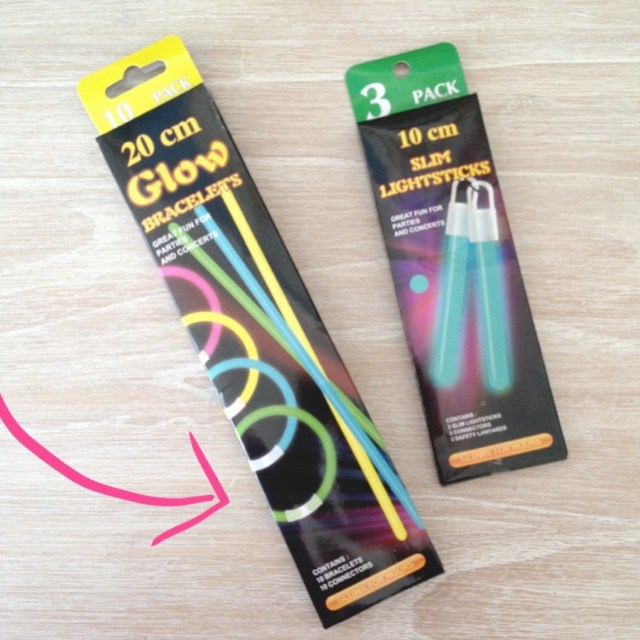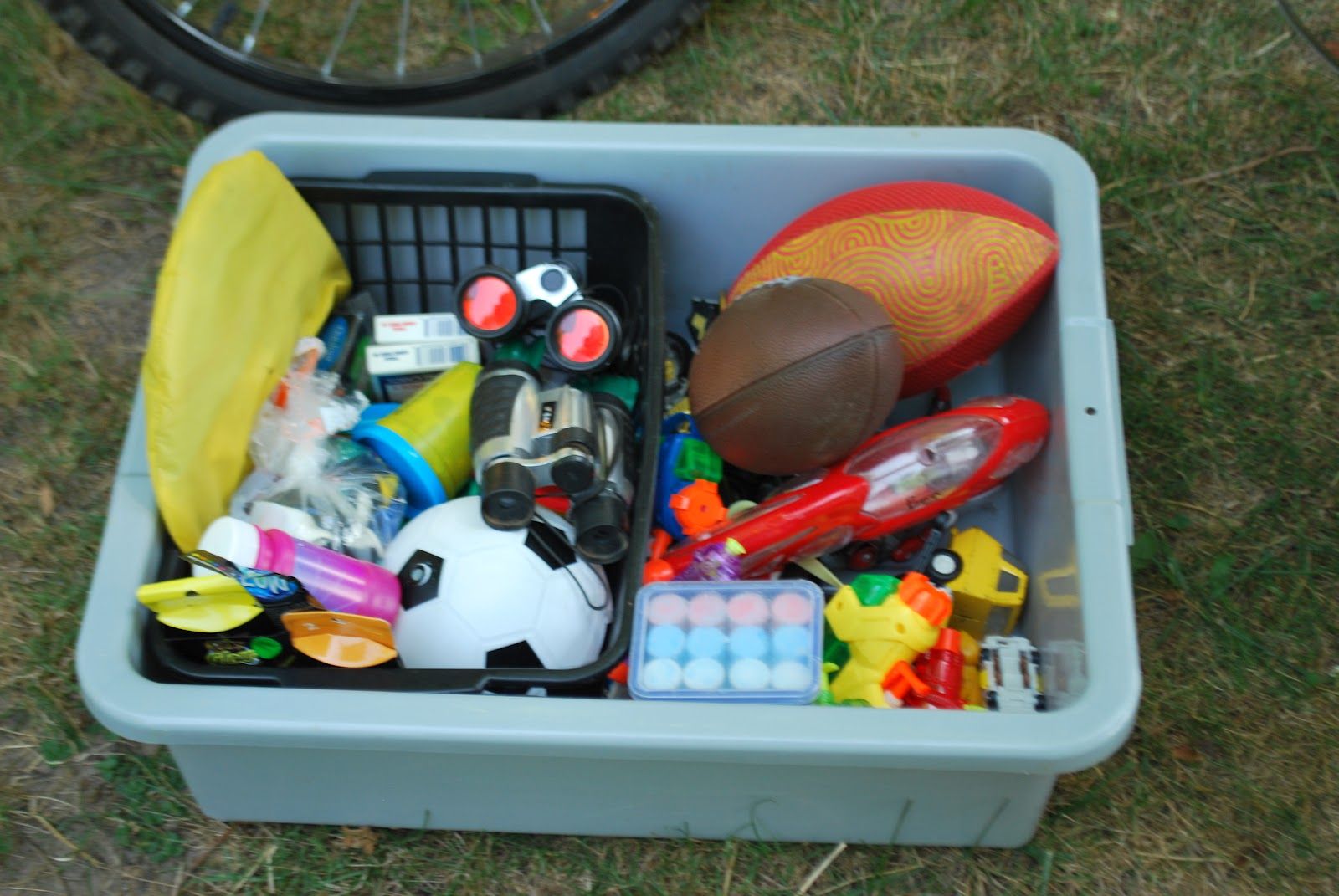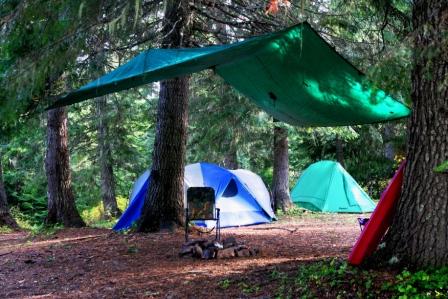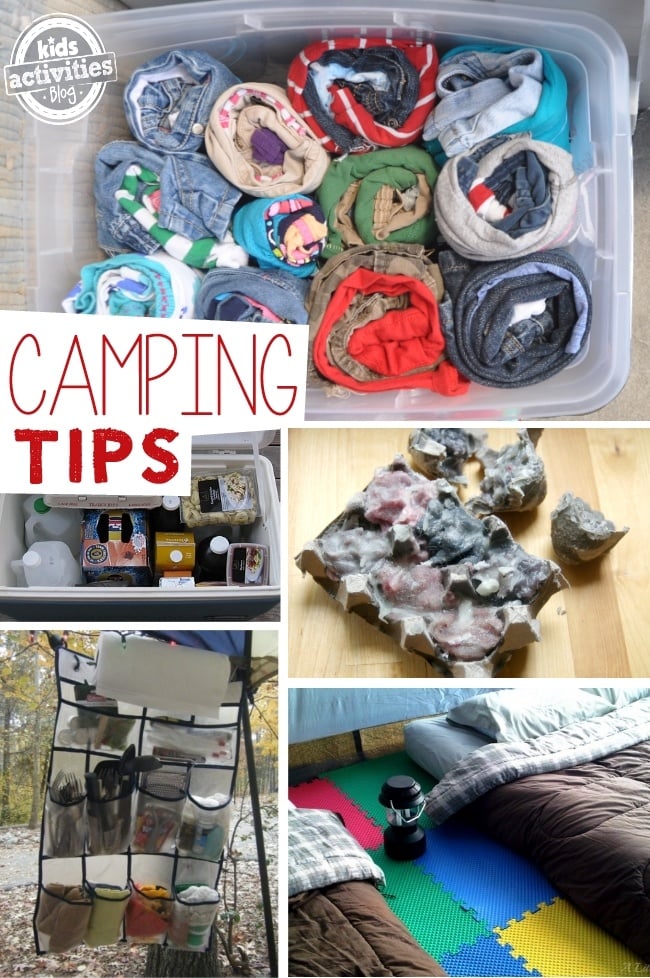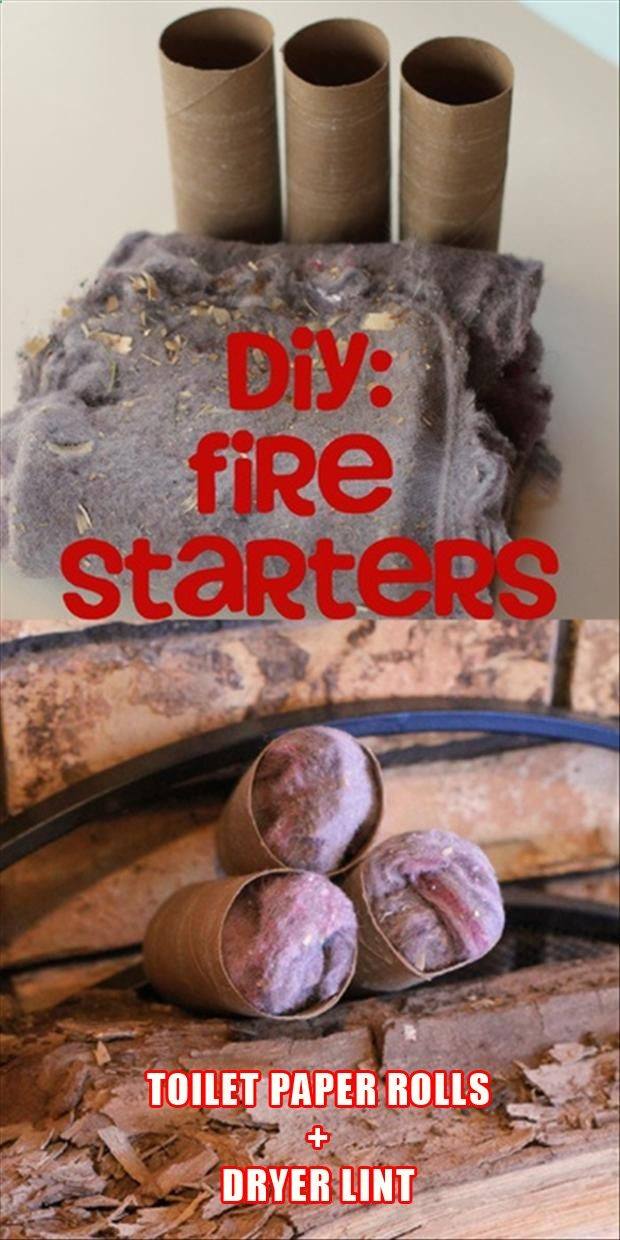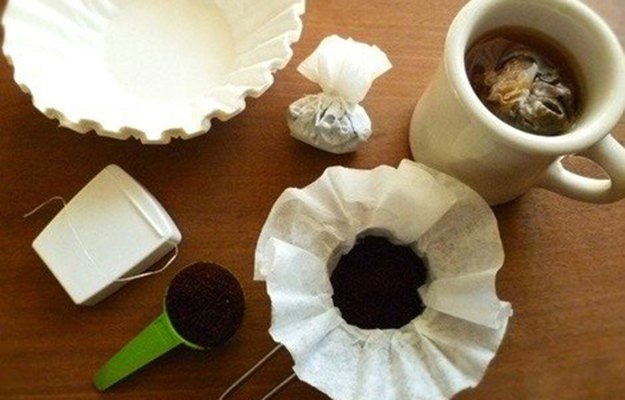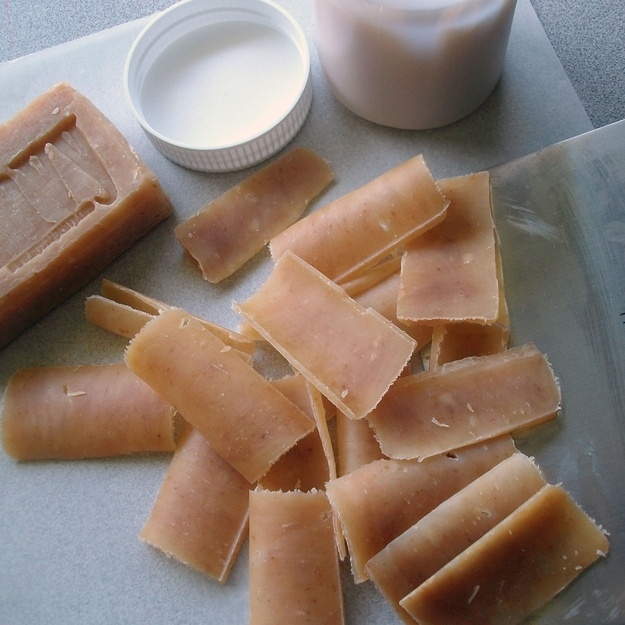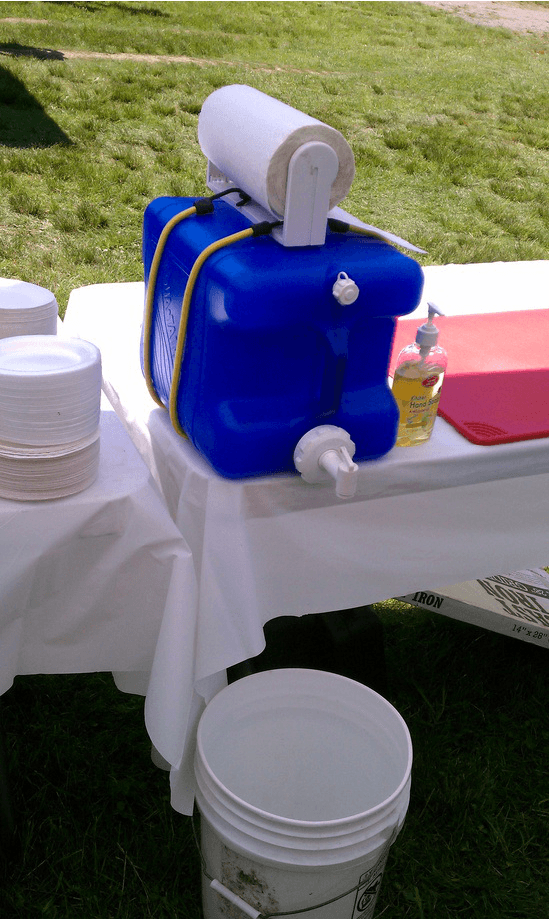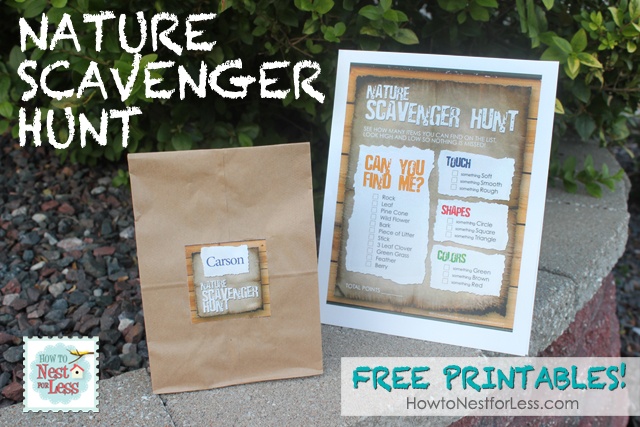And there’s nothing more bonding than sitting around a campfire together—unless you can’t get the fire started in the first place. Camping really is great—don’t get me wrong—but it also requires planning and preparation work roughly the equivalent of building an entire house with your bare hands. If you crave that family time, togetherness, and the peace of nature, but you’re intimidated by the gear, the prep, and the set-up, check out these tips. They’ll help you avoid those “Oops!” moments and put some true brilliance into your camping adventures.
1. Prep all snacks and meal ingredients before you leave.
You can check out an entire tutorial (with some recipe links) over at Echoes of Laughter. But the real take-away I want to drive home is to do as much prep work as possible when you’re still in your fully stocked kitchen, with your cutting boards and sink (you know, the one with running water?) and array of cutting, chopping, peeling, and prepping utensils. So if you want to have, say, kabobs one night, go ahead and chop those vegetables up to the right size; chop and marinate the meat; then freeze them in separate zip-top bags. For snacks, if you want anything besides individually pre-packaged stuff, prep and divide into snack-sized servings so you and your kids can just grab and go. Trust me; the fewer times you have to wash that camp knife using tepid water from a gallon jug, the happier you’ll be.
2. Take glow sticks. Lots of glow sticks.
There are several reasons that glow sticks are awesome for camping. As mentioned at Living on a Latte, glow sticks are excellent for seeing your kids at night, and kids happen to think glow sticks are awesome. If you have a dog along with you, attach one to the collar so you can see pup coming before you trip over him. Hang a glow stick on tree stumps, tent pegs, or other obstacles that are obvious in the day, but are dangerous in the darkness. Nothing takes the fun out of family togetherness like Dad getting his foot impaled. Again. You can also color-code stuff, and glow sticks can help you keep that going at night. If Kid #1 has the green sleeping bag, attach a few green glow sticks to it so it’s easy for him to find his spot at night.
3. Take some toys for the kids.
No, you don’t need to bring along the entire Lego collection, a stack of board games, or all the sports gear you own. And camping is a perfect time to turn off the screens and encourage your kids to enjoy real-world fun. But don’t assume that your kids will be so enthralled by the bugs and branches around that they’ll find a dozen ways to entertain themselves. Come prepared with a simple, portable, but fun toy collection that will help spur them on to fun. For example, you might include:
a small collection of sports gear, especially if you’re near a big field or open area. A football, soccer ball, or baseball and bat; go with whatever sport(s) your child likes best. some “explore the outdoors” stuff, such as a pair of binoculars, magnifying glass, bug keeper, butterfly net, and children’s nature guide. a small selection of whatever your child is currently most into: trucks, trains, toy guns, dolls, dress-up stuff, a small box of Legos. fun outdoor items, such as water guns, chalk, bubbles, toy buckets and shovels. a few quiet toys, such as play-dough, a few art supplies, a few books, and/or a deck of cards. Travel-sized and/or magnetic versions of their favorite board games are nice to have along, too, especially for a rainy afternoon or some downtime after a hike.
My kids always enjoy building their own, very temporary shelters for outdoor play; with a length of rope and a few old blankets, they’ve concocted teepees, lean-tos, and (I use the term loosely) their very own tents. Building the shelter is half the fun, and then they love hanging out in there with some toys and books.
4. A tent is not enough. You need tarps.
Imagine you’re camping. Imagine you have a great tent, and you’re having a great time, and your kids love it, and everything is awesome. Imagine you wake up the next morning to rain. And the rain doesn’t go away. And after two hours of everybody being stuck in that great tent, you’re ready to swear off camping forever. This, my friend, is why you need a tarp. Or multiple tarps. And when you first get to your site, and you set up your tents, you need to pitch a tarp shelter over your main cooking area. Should rain come, you can still have a fire, make some food, and sit around the fire without getting soaked.
5. Pack clothes better, for you and the kids.
The worst thing is dirt and sand in your sleeping bag. The second worst thing is dirt and sand in your clothes—the “clean” ones you’re about to put on. This happens by Day 2 on most camping trips, when you or your kids have scrounged through the bag trying to find a pair of socks, scattering camp debris all over the bag and clothes while doing so. No fun. So pack clothes differently, as suggested by Rachel at KidsActivitiesBlog; put together an outfit for each day, roll it up with the smallest pieces on the inside (socks, underwear) and then secure each outfit roll with a rubber band. When it’s time to get dressed, pull out a roll and you’re set. Easy for kids, easy for adults, and keeps you from having to dig through a bag and get everything grimy. Plus, you’ll know if you have enough outfits! Bonus.
6. Make starting a fire as easy as possible.
First, take plenty of matches, preferably the long kind. Secondly, take a lighter because they’re way easier to use. Just have the matches for back-up. Thirdly, make these amazing little fire-starter things from stuff you would just be throwing away! Lint and used toilet paper rolls. Separately, just trash; put ’em together, and they’re portable packs of make-your-life-easier.
7. Make coffee time as easy as possible with single-serve coffee packs.
I love this idea. Last time we went camping I took along my French Press and my tea kettle, and it worked out. But it was a little complicated and involved rinsing out the press often, which meant a lot of water jugs had to be refilled a lot more often. But this? This is simple. This is brilliance. Get your regular, basket coffee filters. Stick on in the bottom of a mug or measuring cup, spoon in 1–2 tablespoons of coffee, then pull the sides together and tie with twine or floss. Trim off the excess, because you don’t need a bunch of extra filter sticking out. Store the individual bags in a zip-top bag or air-tight container. When you’re ready for coffee, you just need boiling (or really, really hot) water. Put a bag in your mug, pour water over, and let sit for a few minutes. Use a spoon to get the bag out and discard, and your fresh, piping hot mug of coffee is ready for you with no dishes to wash.
8. Make personal hygiene as easy as possible.
Do you sense a theme here? Easy is good. Simple is good. When you’re camping, complicated or multi-step or multi-tool requirements just mean more to bring, more to prep, and more to clean up. Start by making these little individual soap flakes with a regular bar of soap and a vegetable peeler. Store them in a bag or airtight container. Shower time? Pull one out, lather up, and then dispose of whatever remains, rather than trying to figure out what to do with a soggy, slimy bar of soap. Take along a hanging bag to store your hygiene gear: you can use a half-size shoe organizer, a purse or small backpack, or one of those fancy organizer-type bags. It doesn’t really matter as long as it has a hook or other hanging mechanism on top. Pack all your toiletries and a washcloth in there, so you, your spouse, and kids can get clean without getting everything wet and gross from the questionable floor of the camp bathroom.
9. Set up a hand-washing station so your kids don’t get too gross.
The worst thing about kids and camping is dirt, germs, bug guts—stuff like that. It’s a pain to hike to the nearest bathroom every time your kids need to clean their hands. Hand sanitizers are great, and so are moist wipes, but they don’t always cut it for messes like tree sap, marshmallow goo, or that unidentified brown smear… So use your old laundry detergent bottle and set up a genuine hand-washing station. Easy, reusable (just refill the bottle) and simple enough for kids to use themselves.
10. Plan a couple of fun family activities.
You don’t have to get fancy here. We are not about fancy, complicated things that require lots of work. Remember? We are about easy. Simple. And fun! My kids have enjoyed a nature scavenger hunt. You don’t even have to prep ahead of time for this; just make up a list (“Uhhh, pine cone! Bird feather! Acorn!”) and go for it. Or you can prep by printing out a list (with or without pictures) and bringing it along. There are plenty of other simple activities, as well, such as building an obstacle course, making a map of the area, or building a fort. None of those require any prep work; you just need to have the ideas in mind and pull them out for a fun afternoon or morning adventure. Featured photo credit: Camping Tips and Hacks for Families via kidsactivitiesblog.com
